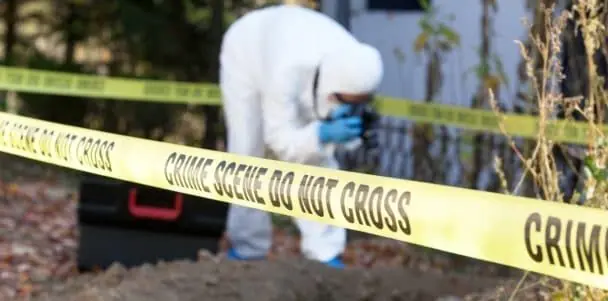
Depressing find at the bottom of the Mariana Trench is a warning to the world
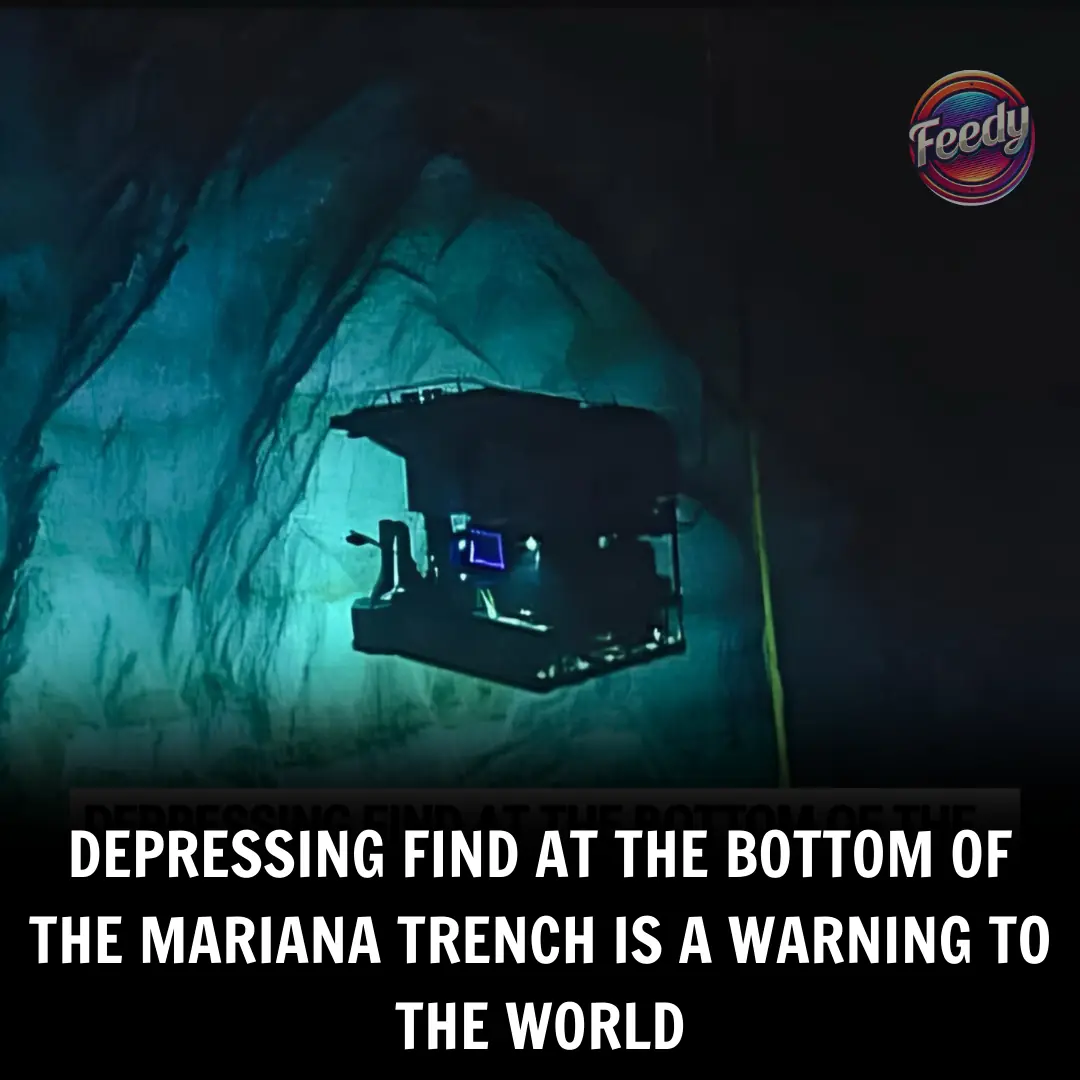
Once thought to be a remote and untouched part of the Earth, the Mariana Trench—the deepest known part of the ocean—has become an unsettling symbol of humanity’s growing environmental footprint. Buried nearly 11 kilometers beneath the ocean surface, this mysterious trench was believed to be beyond the reach of human impact. That illusion was shattered when researchers discovered a plastic bag resting at its bottom. This sobering find serves as a powerful wake-up call: plastic pollution is no longer a surface-level issue—it reaches even the darkest depths of our world.
Life in the Depths—and Its Struggle for Survival
Far from being a barren void, the Mariana Trench is home to an array of unique marine life, including corals, jellyfish, amphipods, and deep-sea octopuses. But these extraordinary creatures now face an unnatural threat: plastic waste. Research from the Deep-Sea Debris Database revealed that 17% of deep-sea plastic sightings involved direct interactions with marine life—entanglements, ingestion, and more. These encounters are not just tragic; they are deadly reminders of the urgent need for change.
The Global Reach of Plastic Pollution
Plastic waste is a global crisis. Among all the debris accumulating in our oceans, plastic is the most widespread—especially single-use plastics like bags, straws, and wrappers. These items, used briefly and discarded carelessly, can take centuries to degrade. According to studies, a staggering 89% of plastic found in the Mariana Trench is single-use, demonstrating just how pervasive and persistent disposable plastics have become.
You might think such a remote location would be free from human contamination, but the truth is much darker. The plastic in the Mariana Trench tells a global story—of negligence, overconsumption, and flawed systems.
Where Does It All Come From?
Plastic pollution in the ocean originates from two main sources:
-
20% comes from direct dumping by ships and marine vessels, often through improper waste disposal practices.
-
The remaining 80% comes from land-based sources, including cities, factories, and landfills. Much of this plastic is carried by rivers—particularly ten major rivers that flow through some of the world’s most densely populated regions—into the seas.
In addition, discarded fishing gear such as nets, lines, and traps account for a large percentage of oceanic plastic. This so-called “ghost gear” is a major contributor to garbage patches like the Great Pacific Garbage Patch, floating between Hawaii and California.
Microplastics and Toxic Threats
When plastic doesn’t remain intact, it breaks down into tiny fragments called microplastics, which are easily ingested by marine organisms and often end up in the food chain. These particles can drift in the water for years before finally settling on the ocean floor—even in places as deep as the Mariana Trench.
Moreover, as plastics degrade, they release chemical pollutants that further contaminate the water. Studies suggest that some of the toxic substances found in trench ecosystems may come from plastic degradation, raising concerns about their long-term effects on deep-sea biodiversity.
A Call to Action: It’s Not Too Late
The discovery of a single plastic bag in the ocean’s deepest point is not just symbolic—it’s an urgent warning. It reminds us that no place on Earth is safe from the consequences of plastic pollution. What was once considered a problem for beaches and coastal towns has now reached the farthest recesses of the planet.
The good news? We still have time to act.
Global initiatives are gaining momentum. Governments are introducing bans on single-use plastics. Companies are exploring biodegradable materials. Individuals are shifting toward reusable products and responsible consumption. But we need more.
Final Thoughts
Let the plastic bag in the Mariana Trench serve as a stark reminder of what’s at stake. The ocean, our planet’s lifeblood, is being slowly choked by our waste. If we continue down this path, we risk not only marine life—but our own future.
It’s time to shift from awareness to action. From passive concern to real solutions. The depth of our impact is no longer just metaphorical—it’s measurable, visible, and alarmingly real.
Let’s rise to the challenge—before the ocean’s depths become its graveyard.
News in the same category


Alan Jackson’s Wild Concert “Command” Sparks Chaos As Fans Rush The Stage

Father who murdered 10-year-old daughter is attacked in prison

Kim Sae Ron Admits To Having Sex With Kim Soo Hyun As A Middle School Student

Paris Hilton’s Unwavering Strength: A Mother’s Defense Against Cruel Comments

What Are Portholes, and Why Are They Used On Cows?

Halley’s Comet Is Back — But This Time, It’s Raining Fire

Found a Hole in Your Tomato? Here’s What It Really Means and What You Should Do Next!

Understanding and Managing Chin Whiskers in Women: Causes, Impact & Solutions

Gynecologist Refuses to Treat Trans Woman, Sparking Backlash Over Refused Care

Flight attendant explains the unexpected reason cabin crew keep their hands under their thighs during takeoff and landing

Little-known mistakes and bloopers in Dukes of Hazzard

Paramedic fatally stabbed by patient he was trying to help during ambulance ride, police say
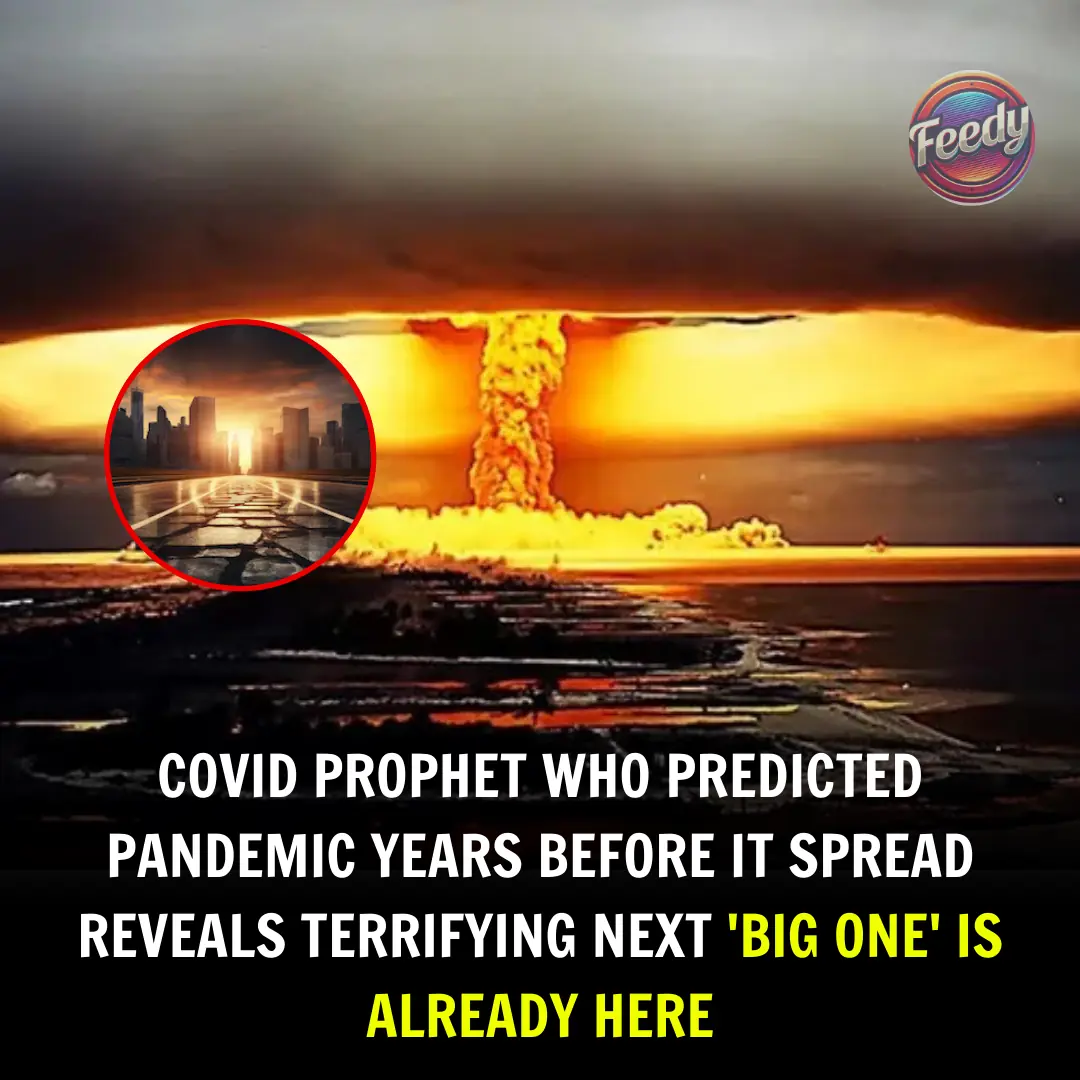
Man Who Predicted Covid Outbreak Reveals Chilling Warning About New Emerging Crisis

Alarming Health Warning: Experts Say the U.S. Faces Growing Threat from Bird Flu — “We Must Prepare Now”

Jon Bon Jovi reveals how his 36-year marriage to childhood sweetheart Dorothea has stood the test of time

The Truth Behind ‘Durex’: What Its Name Actually Stands For Has Left People Stunned

Stunning Video Reveals Why Your Brain ‘Blinds’ You for Two Hours Each Day

A License Plate in Perth Goes Viral for Its Clever Disguise — And Everyone’s Talking About It
News Post

Cucumber, Nature’s Best Anti Aging Solution
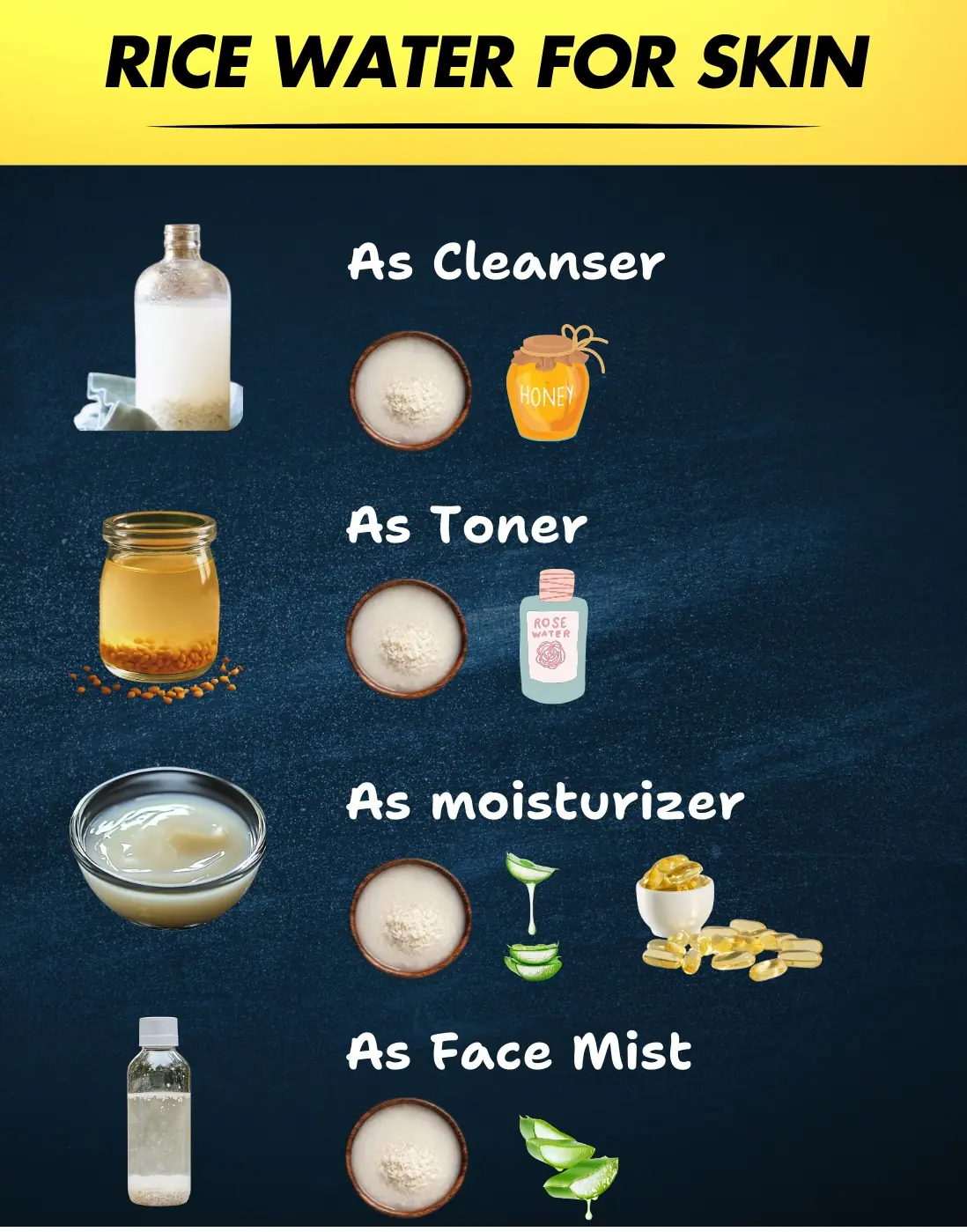
Unlock the power of rice water

Coconut Oil for Hair Growth – Add this in your Hair Oil

My Mother-in-Law Secretly Crashed Our Anniversary Trip to Ruin It—I Made Sure She Regretted It.

The Dinner That Changed Everything: Protecting Lily’s Innocence.

Arrogant Passenger Reclined His Seat in My Face – And I Gave Him a Comeback That Made Him Back Off Quickly.
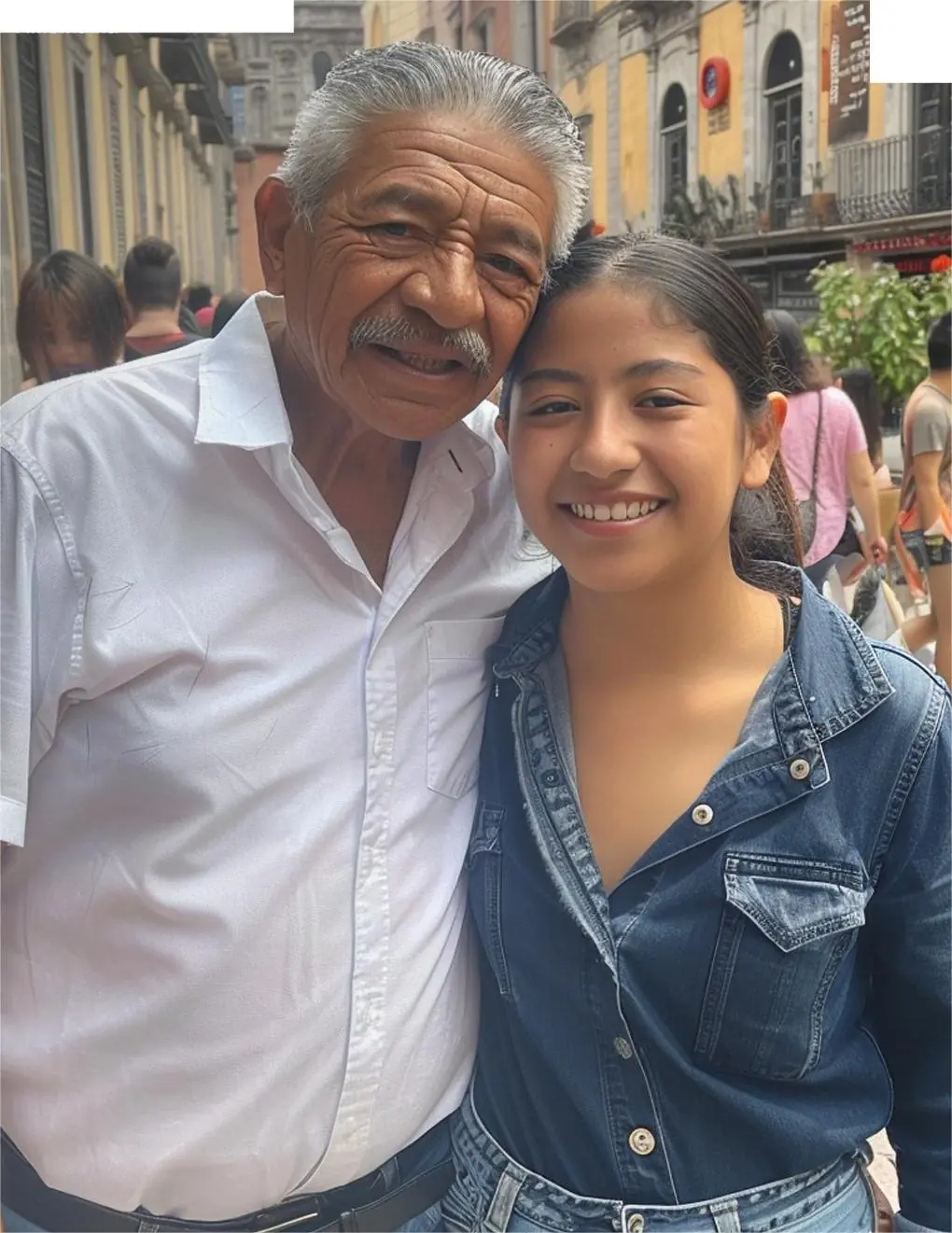
My Father Told Me to Shower with Cold Water Using the Soap He Gave Me – And When My Boyfriend Entered My Bathroom, He Burst into Tears.

Embracing Longevity with Lemon Tea
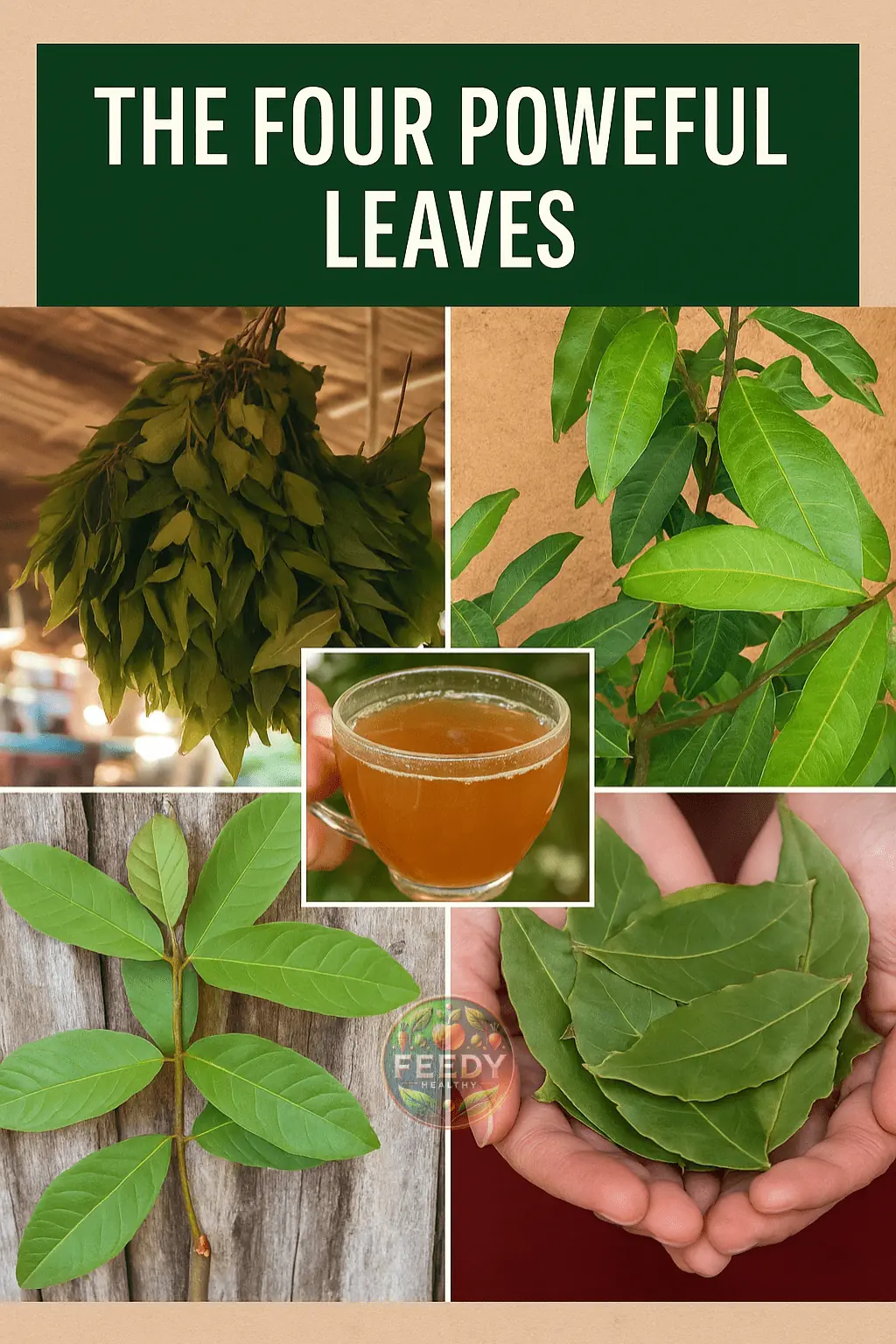
The Four Powerful Leaves That Naturally Support Diabetes, Cancer, Fatty Liver, Poor Circulation, and High Blood Pressure – No Pills Needed

Growing Panic In New England As Another Body Surfaces — Police Address Serial Killer Concerns

2-Ingredient Banana Bread (No Oven, No Kneading!)

Top 5 Ways To Get Rid Of Large Pores Naturally

THIS SIMPLE TRICK COULD CHANGE YOUR LIFE — MIXING CHARCOAL AND LEMON

Homemade Herbal Hair Oil – Adivasi Hair Oil

Elevate Your Coffee Experience with Ginger-Cinnamon Mix

Unleash the Healing Power of Oregano Orejón — Naturally Cleanse and Refresh Your Eyesight

2 Ingredients, For Crystal Clear Flawless Skin

MY AUTISTIC BROTHER NEVER SPOKE—BUT THEN HE DID SOMETHING THAT LEFT ME IN TEARS

Alan Jackson’s Wild Concert “Command” Sparks Chaos As Fans Rush The Stage
